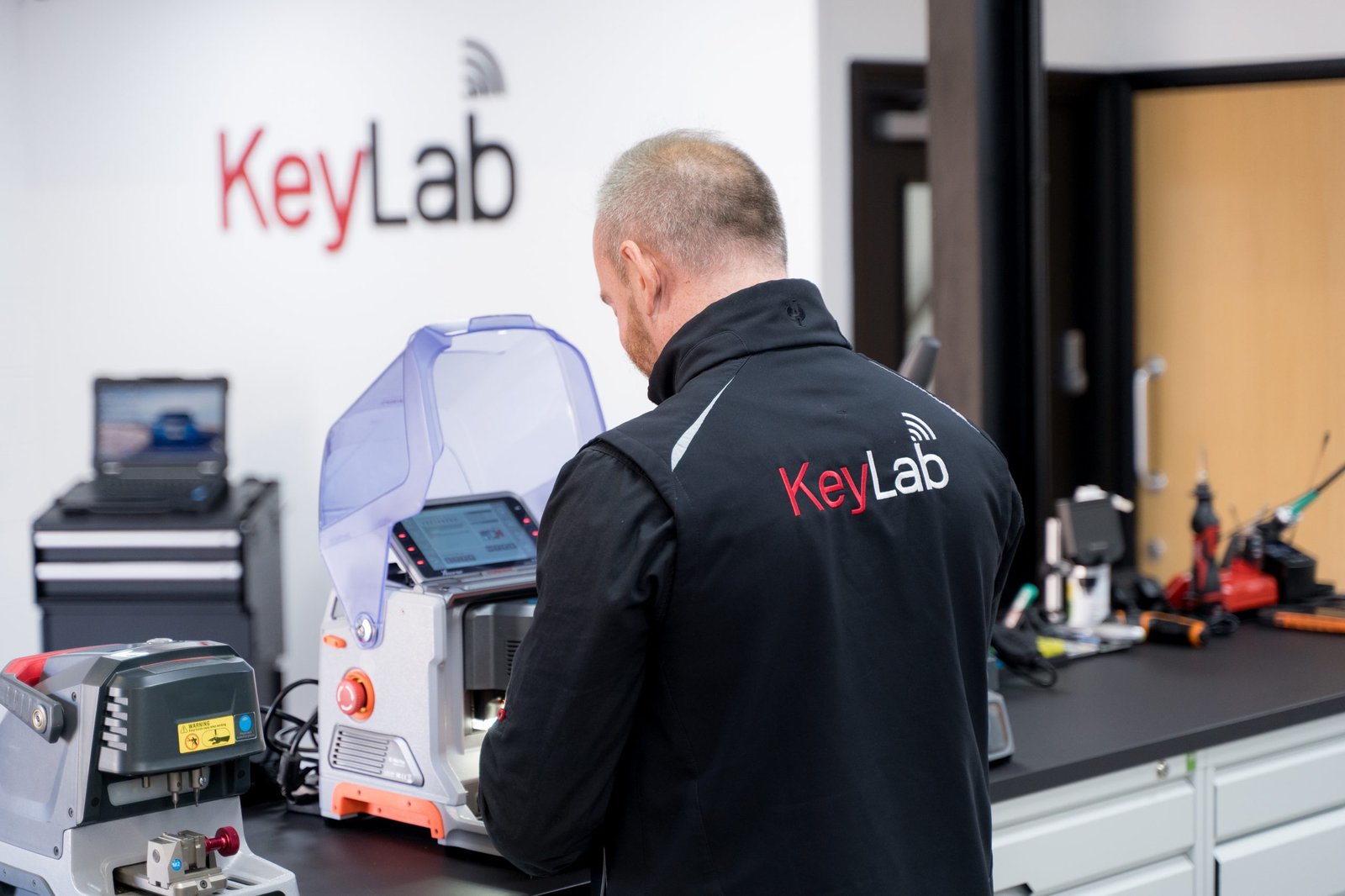Key Replacements: An In-Depth Guide to Understanding and Implementing Effective Substitutions
Intro
In the world of different industries-- from automotive to technology-- the term "key replacements" signifies the practice of substituting a failing or inadequate part with a new or improved variation. Understanding key replacements is vital for maintaining operational efficiency, improving productivity, and ensuring safety. This short article digs into the different elements of key replacements, exploring their value, application strategies, and typical inquiries surrounding the topic.
What Are Key Replacements?
Key replacements refer to the process of replacing an important element within a system, device, or equipment that is critical to its functionality. These replacements can happen in numerous sectors, including automotive, technology, and even personnels. By proactively recognizing and replacing essential parts, companies and people can avoid system failures, maintain effectiveness, and enhance security.
Importance of Key Replacements
The value of key replacements can not be overemphasized; they serve different functions that contribute to the general efficiency of systems. Some of their vital functions consist of:
- Preventing System Failures: Key replacements assist avoid catastrophic failures by resolving worn-out or malfunctioning parts before they produce considerable issues.
- Enhancing Performance: Upgrading to more recent components can improve system efficiency, resulting in improved output and efficiency.
- Cost-Efficiency: Effective replacements can reduce repair expenses, lengthen the lifespan of the entire system, and ultimately save cash.
- Safety Assurance: In sectors like automotive and equipment, key replacements guarantee that safety requirements are maintained, reducing threats to personnel and users.
- Compliance: In controlled markets, timely replacements may be a legal requirement to meet security standards.
Key Replacement Strategies
Carrying out key replacements effectively requires a tactical technique that aligns with the operational goals of an organization. Below are several strategies to think about:
1. Routine Maintenance and Inspections
Conducting regular maintenance and inspections can assist recognize elements that might need replacement before they fail. A distinct upkeep schedule should consist of:
- Visual Inspections: Check for visible indications of wear or damage.
- Efficiency Monitoring: Track the functioning of key elements.
- Use Analysis: Keep records of how often a component is used, which can predict wear patterns.
2. Data-Driven Decision Making
Making use of data analytics can help organizations make informed choices concerning when to replace key parts. Executing systems for data collection can cause:
- Predictive Maintenance: Identifying potential failures before they happen using historic data.
- Cost Analysis: Evaluating the cost ramifications of fixing versus replacing components.
3. Cooperation with Suppliers
Developing strong relationships with providers and makers ensures access to quality elements and prompt replacements. Sufficient collaboration can lead to:
- Favorable Terms: Negotiating much better prices and terms.
- Quality control: Gaining self-confidence in the quality and reliability of replacement parts.
4. Training and Education
Educating and training employees included in the replacement procedure can considerably enhance effectiveness. Offering information on finest practices and new innovations can assist make sure:
- Maximized Efficiency: Employees comprehend the optimal approaches for replacing components.
- Lowered Errors: Minimized danger of mistakes during the replacement process.
Kinds Of Key Replacements Across Industries
Key replacements differ throughout markets, each with its specific elements and practices. Below are some typical key ins different sectors:
Automotive Industry
| Element | Replacement Reason |
|---|---|
| Engine Oil | Prevent wear and improve performance |
| Brake Pads | Guarantee security and responsiveness |
| Tires | Improve traction and fuel efficiency |
Technology Sector
| Part | Replacement Reason |
|---|---|
| Hard disk drives | Boost data gain access to speed |
| Batteries | Bring back device mobility and functionality |
| Circuit Boards | Improve device reliability and durability |
Production
| Component | Replacement Reason |
|---|---|
| Conveyor Belts | Preserve functional efficiency and safety |
| Safety Guards | Uphold health and safety compliance |
| Bearings | Reduce friction and help with smooth operation |
Frequently Asked Questions About Key Replacements
1. What is the most vital reason for changing key parts?
The most critical reason for replacing key elements is to make sure system reliability and security, avoiding failures that could cause pricey downtimes or dangerous circumstances.
2. How typically should I consider key replacements?
Key replacements should be considered based on the specific element's wear pattern, efficiency metrics, and maintenance schedule. Car Fob Replacement must figure out the proper intervals for replacements.
3. What should I do if I am uncertain about a component's condition?
If uncertain about a part's condition, it is advisable to perform a thorough examination, evaluation efficiency information, and seek advice from experts or manufacturers for professional assistance.
4. Is it much better to fix or replace a key part?
The choice to repair or replace a key component depends upon cost-effectiveness, reliability, and long-term benefits. Typically, replacement might be more practical when thinking about life-span and performance metrics.
5. Where can I find dependable replacement parts?
Trustworthy replacement parts can typically be discovered through licensed dealerships, reputable providers, or straight from manufacturers. Constantly validate their dependability and check evaluations before acquiring.
Key replacements are an essential element in maintaining functional effectiveness and security throughout numerous markets. By understanding Replacement Car Key Fobs of these replacements, implementing strategic methods, and dealing with typical questions, companies can ensure that their systems stay robust and reputable. Future advancements in innovation and data analytics will further boost the depth and accuracy of key replacements, continuing to drive improvements in efficacy and safety. Engaging proactively with this concept can considerably minimize risks and raise overall efficiency in any operational context.

